Description
ESMODONE – DSR 40/30 MG CAPSULE
detailed explanation of the combination of Esomeprazole Magnesium and Domperidone and how they work together to treat digestive issues:
1. Esomeprazole Magnesium (40mg)
Esomeprazole is part of a class of drugs called proton pump inhibitors (PPIs), which work to reduce stomach acid production.
How It Works:
In the stomach, acid is produced by proton pumps, which are enzymes found in the stomach lining. Esomeprazole inhibits these proton pumps, blocking the final step in acid production. This leads to a decrease in stomach acid levels and helps manage conditions related to excess acid.
Esomeprazole is specifically the S-isomer of omeprazole, which means it is a more potent form of the drug, offering longer-lasting effects.
By reducing acid secretion, Esomeprazole helps:
Heal ulcers: If a patient has an ulcer in the stomach or duodenum (the first part of the small intestine), Esomeprazole creates a less acidic environment, which helps promote healing.
Reduce GERD symptoms: In GERD, stomach acid frequently backs up into the esophagus, causing irritation. Esomeprazole reduces this acid reflux and helps prevent damage to the esophagus.
Prevent stomach acid from causing heartburn: It decreases the frequency of heartburn caused by acid reflux.
Side Effects:
Esomeprazole is generally well tolerated, but like all medications, it can have side effects, including:
Headaches: A common side effect of PPIs.
Diarrhea or constipation: Gastrointestinal side effects are common.
Nausea or vomiting: May occur in some patients.
Long-term use risks: Prolonged use of Esomeprazole (for several months or more) can lead to malabsorption of vitamin B12 and magnesium. This can result in deficiencies that require supplementation. In rare cases, it may also increase the risk of bone fractures.
—
2. Domperidone (30mg):
Domperidone is a dopamine antagonist that works to improve gastric motility (the movement of food through the digestive system) and prevent nausea and vomiting.
How It Works:
Domperidone acts on the dopamine receptors in the gastrointestinal tract and the central nervous system.
Gastric motility: It increases the speed at which the stomach empties food into the small intestine by blocking dopamine receptors that slow down motility. This is especially useful in conditions where food moves too slowly through the stomach (like in gastroparesis).
Nausea and vomiting: Domperidone also blocks dopamine receptors in the vomiting center of the brain, reducing nausea and vomiting. It’s often used to prevent nausea that may occur due to delayed gastric emptying or certain treatments like chemotherapy.
Pharmacokinetics:
Absorption: Domperidone is absorbed in the gastrointestinal tract but only a small portion gets into the bloodstream because it is rapidly metabolized in the liver.
Excretion: The drug is primarily eliminated through the feces, with a smaller amount excreted in the urine.
Metabolism: Domperidone is metabolized in the liver by enzymes like CYP3A4.
Side Effects:
Dry mouth, headache, and dizziness are common side effects of Domperidone.
Heart problems: One of the most serious potential side effects of Domperidone is its ability to cause cardiac arrhythmias (irregular heartbeats). This is particularly concerning in patients who have underlying heart conditions or those taking other medications that affect the heart’s rhythm.
There is a risk of QT interval prolongation (a measure of time between heartbeats), which can lead to potentially dangerous arrhythmias.
—
3. Why Combine Esomeprazole and Domperidone?
The combination of Esomeprazole (40mg) and Domperidone (30mg) offers a comprehensive approach to treating digestive issues that involve both acid-related and motility-related problems.
Synergistic Effects:
Esomeprazole addresses the acid-related problems by reducing the production of stomach acid, which can prevent damage to the esophagus (in GERD), heal ulcers, and alleviate symptoms of heartburn.
Domperidone, on the other hand, improves motility (the movement of food through the stomach and intestines) and helps relieve nausea. This is useful in cases where digestive problems also involve slow stomach emptying or nausea associated with indigestion.
Together, the combination can be especially helpful for people who have:
GERD or acid reflux, along with symptoms like nausea or bloating.
Stomach ulcers, with accompanying nausea or discomfort due to delayed stomach emptying.
Gastroparesis or other motility disorders, where food moves too slowly through the stomach and leads to nausea, bloating, or indigestion.
—
4. How to Use This Combination Drug:
Dosage:
Typically, this combination is taken once a day, but the dosage may vary depending on the severity of the condition. It’s usually taken before meals for maximum effectiveness.
Duration of Use: This combination is intended for short-term use unless otherwise directed by a doctor. It’s important to not use the medication longer than prescribed due to the potential side effects, especially the risk of heart issues with Domperidone and nutrient deficiencies with Esomeprazole.
For All Ages:
This combination is usually prescribed to adults, but Domperidone may be used in children under specific medical conditions (like nausea) with strict dosing guidelines and under medical supervision.
Esomeprazole is typically not recommended for children unless under a doctor’s strict supervision, as the dosage must be carefully adjusted.
Elderly Patients: Special caution is needed when prescribing this combination to elderly patients, especially if they have liver or kidney issues, as their ability to metabolize and clear the drugs from the body may be impaired.
—
5. Summary of Benefits:
Esomeprazole works to reduce stomach acid production, helping with acid-related conditions like GERD, heartburn, and stomach ulcers.
Domperidone improves gastric motility, which can be helpful for nausea, vomiting, and digestive discomfort caused by slow stomach emptying or other motility disorders.
Conclusion:
This combination of Esomeprazole and Domperidone offers a dual action that targets both acid production and gastric motility, making it a powerful treatment for conditions like GERD, stomach ulcers, nausea, and digestive discomfort. However, the long-term use of these medications should be carefully managed due to potential side effects, particularly heart issues with Domperidone and nutrient malabsorption with Esomeprazole.
As always, it is essential to follow a healthcare provider’s instructions for dosage and duration of treatment, especially when using these medications for more than a short period.


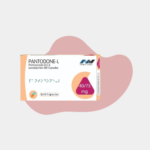
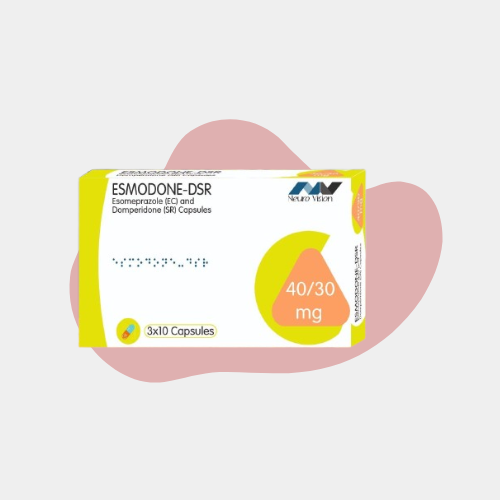
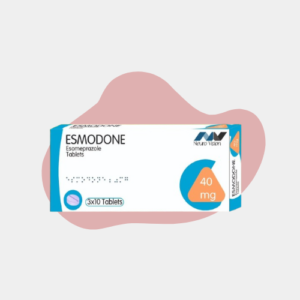
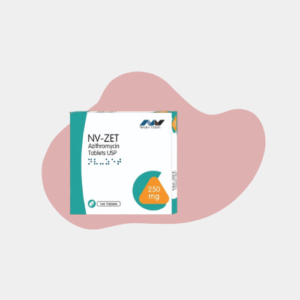


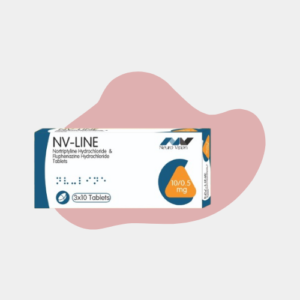
Reviews
There are no reviews yet.